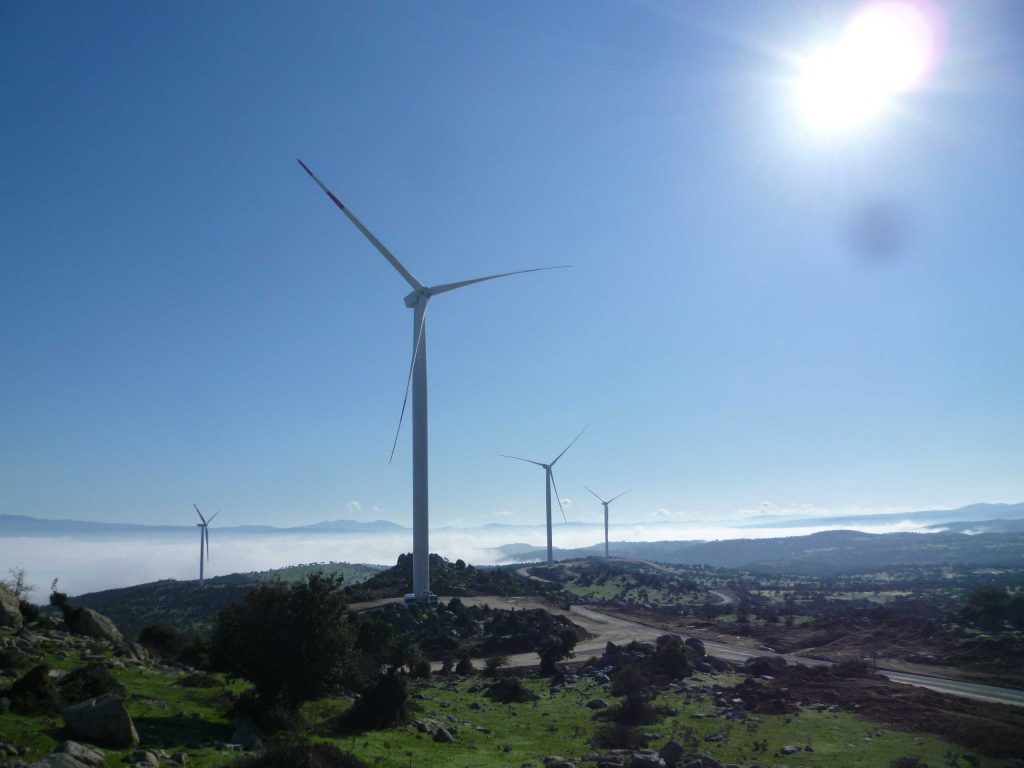Cultural Connection
After its establishment, the Turkish Republic embarked on a series of reforms that aimed at the modernisation, Westernisation and economic self-sufficiency of the country. A recent exhibition in Istanbul, Mindful Seed Speaking Soil: Village Institutes of the Republic 1940-1954 reveals more about this project.
A community pose outside one of the Village Institutes, mid 1930s.
After its establishment, the Turkish Republic (under the leadership of Mustafa “Atatürk” Kemal) embarked on a series of reforms that aimed at the modernisation, Westernisation and economic self-sufficiency of the country. A recent exhibition, Mindful Seed Speaking Soil: Village Institutes of the Republic 1940 – 1954, at the Istanbul Research Institute takes a look at one of the products of this drive towards modernisation: the village institutes.
The village institutes were an important education experiment and targeted the rural areas of the country. According to the 1935 census—twelve years after the Republic was formed and some seven years after the language reforms were introduced—76.7 percent of males and 91.8 percent of females were still illiterate. For the republican leadership, it was imperative to create a class of peasant intellectuals for the Kemalist ideals to truly take hold. The village institutes were therefore formed with the broad aims of reducing poverty and ignorance, increasing agricultural productivity, and modernising social relationships. These institutes attracted both male and female peasant youth from the surrounding countryside and focussed not just on literacy but also on imparting important vocational training
The first village institute was established in 1940. Between then and 1954, a total of twenty-one such institutes were set up across Turkey. These institutes attracted both male and female peasant youth from the surrounding countryside and focussed not just on literacy (the curriculum included a variety of academic subjects as well as art, music and literature) but also on imparting important vocational training. It was expected that the graduates of these schools would eventually work as teachers in their own villages, thus spreading the ideals and skills they themselves had learnt.
Through a series of photographs and documents the exhibition vividly recreates the milieu of the institutes and the principles that they propagated. Often, students built the very buildings where they would be educated: photos show them mixing cement and laying bricks. The photographs of students learning construction and carpentry, sowing seeds, sewing, embroidering, and working in animal husbandry only bring to the fore the desire to create an army of heroic technicians. Through displays of student artworks, the musical instruments and scores they learnt, and the books they read, the exhibition also shows the importance the Republic put on inculcating a certain aesthetic in its ideal citizen. Of particular interest is the importance given to works by Tolstoy, Gorky, and Panait Istrati, a feature which would become problematic in the aftermath of WWII.
By the late 1940s, the village institutes had become an increasingly controversial experiment and the subject of ideological debate in the country. For the conservatives, the institutes were the centres of subversive and communist ideology. That they were co-educational and encouraged interaction between the sexes only made them even more problematic. The rural landowners (who became an important voter base when Turkey moved to a democratic system after 1950) were concerned about a newly-educated peasant class questioning the authority of the elite. For those on the Left, the schools were a tool for spreading the ideology of the single-party regime. The post-war atmosphere in Turkey made it politically difficult for the institutes to continue operating, and they were eventually shut down. Even though they had a short lifespan, the history of these institutes sheds light on an important period in Turkish history as well as the nature of the Kemalist experiment.
Vedica Kant
Is a contributing writer for the Majalla. A graduate from the Singapore Management University in Economics and Political Science, she received her masters in Near and Middle Eastern Studies at the University of Oxford. She currently lives and works in Istanbul.
via The Drive to Modernize Turkey | The Majalla Magazine.

